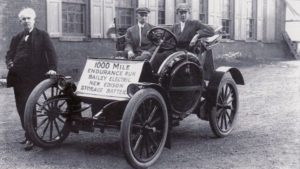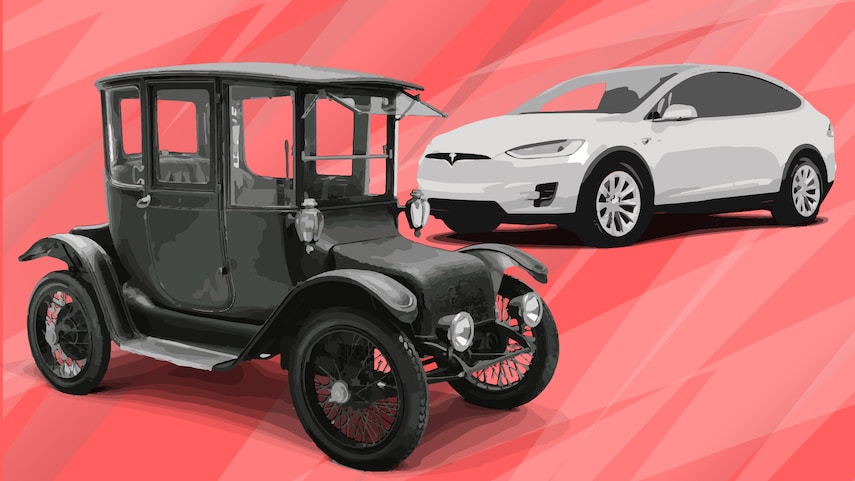Most of us know that electric vehicles are in no way a new development. All-Electric cars have been around just as long as their counterpart, the internal combustion engine. Children today won’t necessarily know that there was a time when 99% of cars on the road were powered by gasoline. Within 10-20 years, it will be a normal thing to see less “gas” stations, and more “charging” stations.
But why are electric vehicles just now emerging in popularity? Why haven’t they been around for the last 100 years? Well, the simple answer is… priorities.
Like the combustion engine, the technology of the electric vehicle hasn’t really changed. Power from the grid is transferred to stored energy in the form of a battery cell that powers an electric motor to turn the wheels.
So why didn’t the electric vehicle withstand the fight against gasoline powered engines? First– infrastructure. In the early 1900’s it was rare for homes to have electricity. In combination with charging time and availability of electrical power, the gasoline powered engine created the illusion of being “less tethered”. In addition to the lack of electrical infrastructure, the environmental impact wasn’t a factor because it wasn’t a priority.
As humans, we learn best from our mistakes.

So what’s changed? As the generational hand-off inevitably continues, we are becoming more aware of our impact left behind. This is the driving force in the migration to electric vehicles. Combustion engines are largely negatively impactful on the environment and the future state of our world. But also, we may not have realized that electric vehicles are just flat out better. Here are some advantages and disadvantages of EV’s…
- Energy efficient. EVs convert over 77% of the electrical energy from the grid to power at the wheels. Conventional gasoline vehicles only convert about 12%–30% of the energy stored in gasoline to power at the wheels.
- Environmentally friendly. EVs emit no tailpipe pollutants, although the power plant producing the electricity may emit them. Electricity from nuclear-, hydro-, solar-, or wind-powered plants causes no air pollutants.
- Performance benefits. Electric motors provide quiet, smooth operation and stronger acceleration and require less maintenance than internal combustion engines (ICEs).
- Reduced energy dependence. Electricity is a domestic energy source.
- Driving range. EVs have a shorter driving range than most conventional vehicles—although EV driving ranges are improving. Most EVs can travel more than 100 miles on a charge, and some can travel in excess of 200 or 300 miles depending on the model.
- Recharge time. Fully recharging the battery pack can take 3 to 12 hours. Even a “fast charge” to 80% capacity can take 30 min.
In the next generation, “Classic Cars” will have an entirely new meaning… and Electric cars will be commonplace.
More Info Links
https://www.fueleconomy.gov/feg/evtech.shtml
https://www.caranddriver.com/news/g29994375/future-electric-cars-trucks/
https://rmi.org/how-to-move-america-to-electric-vehicles/
https://www.automobilemag.com/news/electric-vs-gasoline-cars-history-repeats/





Comments are closed.